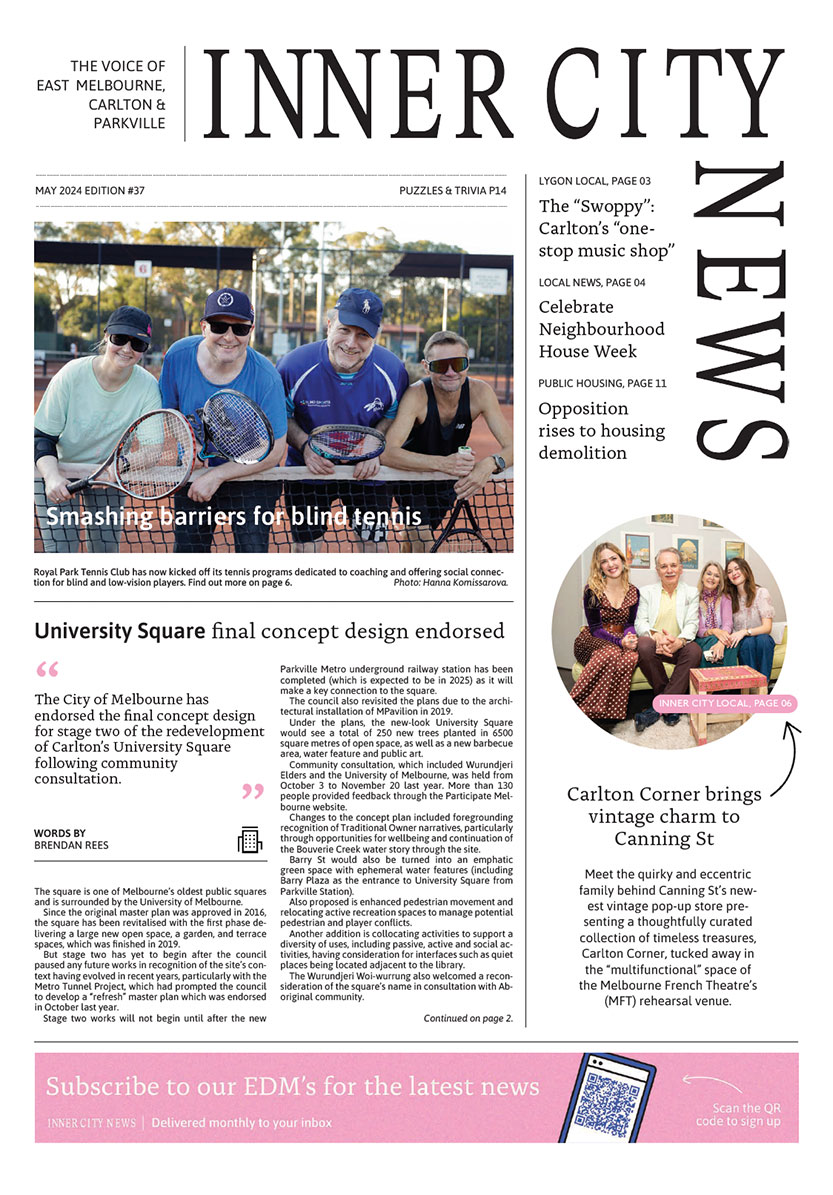From Brazil to Mordialloc, and finally, at Melbourne General Cemetery
In 2001 author Caroline Petit toured the house and grounds of Mayfield, a 12-room mansion in Mordialloc, built by François Louis Nompar de Caumont La Force, the Count of Castelnau. He was appointed Consul-General to France in Melbourne in 1864.
The mansion was due for demolition by the local council that year.
“As I looked around the house, I heard lots of people talking about the Count, but no one mentioned his lover Carolina Fonçeca,” Ms Petit said.
“I got intrigued with how women don’t have a voice.”
That day started a 20-year gestation of her novel The Natural History of Love.
Her book is a sweeping historical narrative set in the wilds of Brazil, based upon the true story of 19th-century French explorer, naturalist and diplomat François, Count de Castelnau and his lover Carolina Fonçeca, who was 16 years old when they met.
Ms Petit said being a mistress was a perilous occupation, and Carolina led a remarkable life.
“I knew I had to tell her story.”
“How do you deal with this as a female; if you play your cards right, you would have to be interested, or make yourself interested, in his pursuits as a naturalist and explorer.”
“When François died in 1880, well before Carolina, his obituary did not mention Carolina and their two sons.”
The family lived in East Melbourne when they first arrived in Australia in 1861.
As French Consul, François took up residence in the French consulate, while Carolina and their two sons lived in the house next door with a hidden connecting entry.
The book is a fictional account of Carolina’s life as she didn’t leave any records after her death. On the other hand, the Count left the State Library a five-volume account in French of his four-year exploration of South America and many natural history papers based on his quests.
“It is not a biography; it is fiction written with literary licence.”
Ms Petit published two books in America between visiting Mayfield and starting this novel.
“It took a long time to write this book,” she said. “I think of it as my Australian novel; about early Melbourne and how people came from all over the world and made this city their home.”
She writes undisturbed in her study between 10am and 2pm when working on a story.
It is a joy to be able to create something; it gives you a perspective of the world.
“A part of being human is to have our stories, and to be able to create these stories means a lot; I have a love of words.”
The Count was buried in Melbourne General Cemetery when he died in 1880.
Carolina moved shortly after from Burlington Terrace in Albert St, East Melbourne to Mayfield in Mordialloc with her son Edouard in 1894, where she kept the mansion and the grounds in good order until she died in 1902.
Edouard Fonçeca became something of a semi-legendary figure among the residents of Mordialloc, who referred to him as “The Mad Count”.
Several long-time residents of the area still have memories of seeing Edouard wandering around the Woodlands golf course, borrowing cigarettes from the golfers.
Edouard died at Mayfield on April 15, 1939, at the age of 75 years.
Curiously there are only three graves in the Melbourne Cemetery: François, Carolina and their son Edouard.
There is no record of their first son Charles de François’ final resting place.

Verdict reserved in class action over demolition of public housing towers



 Download the Latest Edition
Download the Latest Edition